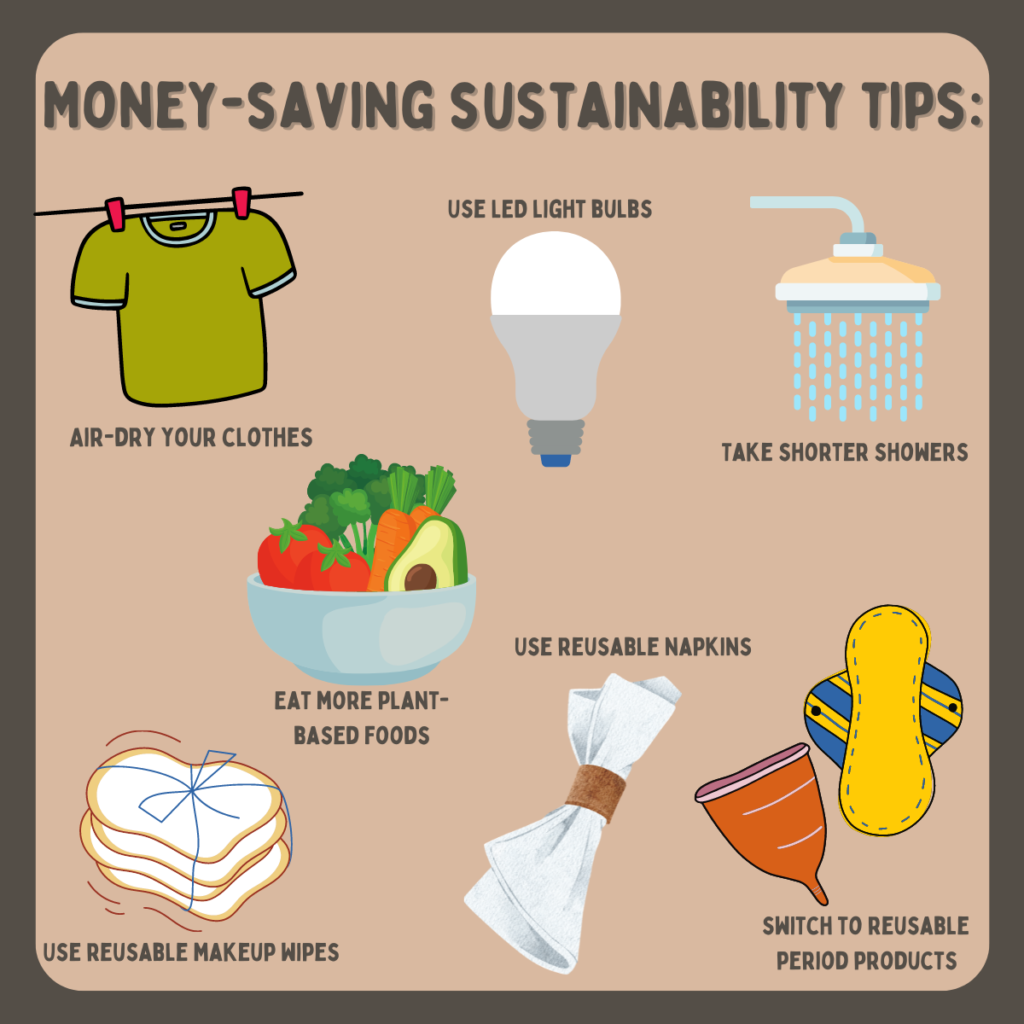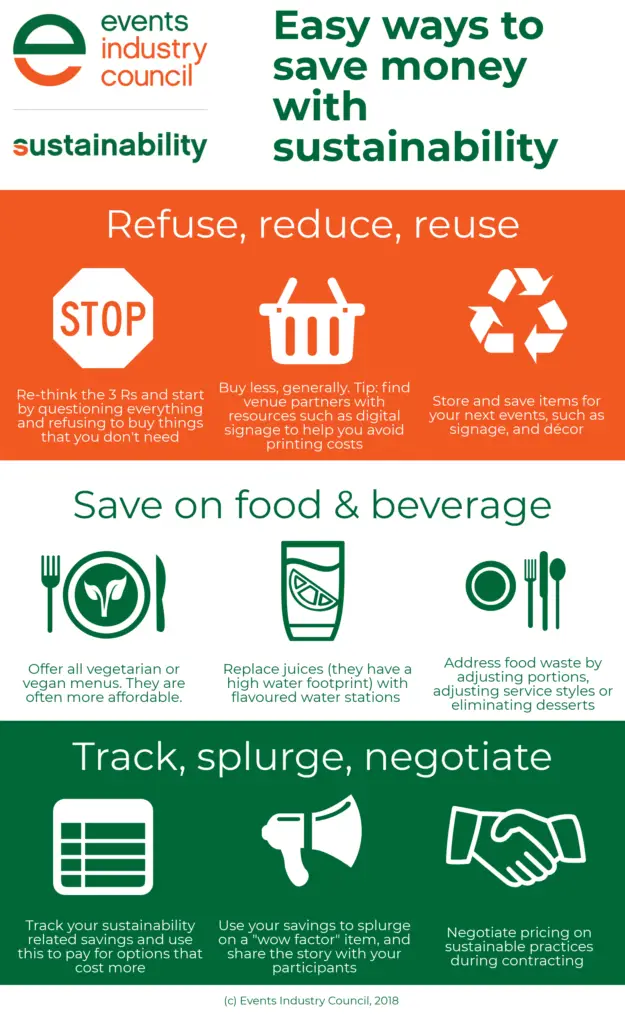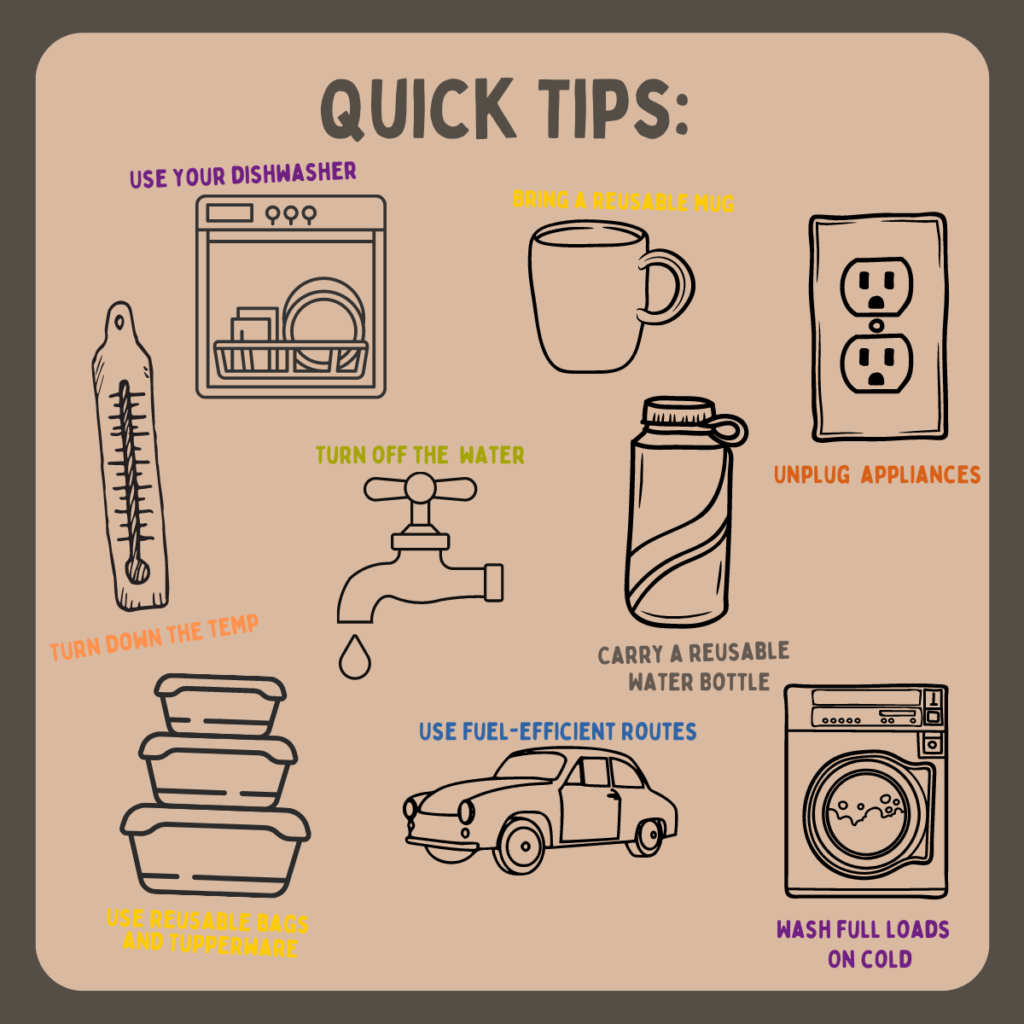I recently stumbled upon a game-changing product called “Simple and Cost-effective Eco-Friendly Tips for Saving Money.” With our constantly evolving world and the need for sustainable living, this product provides an effortless solution for those looking to adopt a more frugal lifestyle while also embracing eco-friendly practices. It offers a plethora of simple yet effective changes that not only save you money but also contribute towards a greener future. If you’re keen on making a positive impact on both your wallet and the environment, this is definitely a product worth exploring.
Simple and Cost-effective Eco-Friendly Tips for Saving Money
As individuals, we all have a responsibility to reduce our environmental footprint and adopt more sustainable practices. Fortunately, there are countless ways in which we can make a difference and contribute to a greener future. Not only are these practices beneficial for the planet, but they can also help us save money in the long run. In this article, I will outline several simple and cost-effective eco-friendly tips that can help us reduce our energy consumption, conserve water, decrease waste, embrace sustainable transportation, make eco-friendly food choices, adopt green cleaning practices, engage in eco-conscious shopping, embark on DIY projects, save money while leading a sustainable lifestyle, and be more mindful of our daily habits. By implementing these tips into our lives, we can play a significant role in creating a more sustainable and environmentally-friendly world.

Ways to Reduce Energy Consumption
Switch to LED Light Bulbs
One of the simplest ways to reduce energy consumption in our homes is by replacing traditional incandescent light bulbs with energy-efficient LED bulbs. LED bulbs use significantly less energy and last much longer than their incandescent counterparts. By making this switch, we can not only reduce our electricity bills, but also contribute to reducing the demand for energy production.
Unplug Electronics When Not in Use
Many electronic devices continue to draw power even when they are not in use. This is known as “vampire power” or “standby power.” By unplugging our electronics when they are not being used, we can eliminate this unnecessary energy consumption and reduce our electricity bills. Alternatively, using power strips with an on/off switch can help make it more convenient to turn off multiple devices at once.
Use Energy-Efficient Appliances
When it comes to reducing energy consumption, investing in energy-efficient appliances is a worthwhile long-term solution. Energy-efficient appliances are designed to use less energy while performing the same tasks as their less efficient counterparts. Look for appliances with the ENERGY STAR label, as they meet strict energy efficiency guidelines set by the Environmental Protection Agency (EPA).
Insulate Your Home
Proper insulation is key to reducing energy consumption and maintaining a comfortable indoor temperature. Insulating our homes can help prevent heat loss in the winter and keep the cool air in during the summer. By sealing any air leaks, adding insulation to the walls, attic, and floors, we can significantly reduce our heating and cooling costs.
Optimize Heating and Cooling Systems
Heating and cooling systems account for a significant portion of our overall energy consumption. To reduce energy usage, make sure to regularly maintain and clean your HVAC system. Replace air filters as recommended and consider upgrading to a programmable thermostat, allowing you to adjust the temperature based on your schedule and preferences. Proper maintenance and control of these systems can result in substantial energy and cost savings.
Install a Programmable Thermostat
A programmable thermostat gives you the ability to set different temperature levels for different times of the day. By programming the thermostat to reduce heating or cooling during times when you’re away or asleep, you can save a significant amount of energy and money. Returning to a comfortable temperature only when needed ensures that energy is not wasted.
Tips for Conserving Water
Fix Dripping Faucets and Leaky Toilets
Water leaks can waste a significant amount of water over time. Fixing dripping faucets and leaky toilets is a simple and cost-effective way to conserve water. By addressing these issues promptly, we can save precious water resources and reduce water bills.
Take Shorter Showers
While taking a long, relaxing shower may be tempting, it can quickly add up to a substantial amount of water wastage. By reducing our shower time or using a shower timer, we can conserve water and reduce our water bills. Additionally, consider installing water-efficient showerheads, which can further decrease water usage without compromising water pressure.
Collect and Reuse Rainwater
Harnessing the power of rainwater is an excellent way to conserve water and reduce our reliance on municipal water sources. Installing a rain barrel or a rainwater harvesting system can allow us to collect rainwater and use it for watering plants, washing cars, or even flushing toilets. This not only saves water but also reduces the strain on local water sources during periods of drought.
Install Water-Saving Fixtures
Water-saving fixtures, such as low-flow showerheads, faucet aerators, and dual flush toilets, can significantly reduce water consumption. These fixtures are designed to conserve water without sacrificing performance. By installing these fixtures in our homes, we can save water and lower our water bills.
Water Your Plants Efficiently
When watering plants, it’s important to be mindful of our water usage. Water plants early in the morning or late in the evening to minimize evaporation. Avoid watering during windy conditions to ensure that the water reaches the roots instead of being blown away. Consider using drip irrigation systems or soaker hoses to deliver water directly to the roots, reducing water waste and promoting healthier plant growth.
Methods of Reducing Waste
Reuse and Repair Items
In a throwaway society, reusing and repairing items can have a tremendous impact on reducing waste. Instead of buying new items, consider repairing or repurposing existing ones. Many items, such as clothing, furniture, and electronics, can be given a new lease on life with a little creativity and effort. By reusing and repairing, we minimize the amount of waste that ends up in landfills and save money in the process.
Recycle as Much as Possible
Recycling is an effective way to reduce waste and conserve resources. Make it a habit to separate recyclable materials such as paper, plastic, glass, and metal from your regular trash. Check with your local recycling facilities to ensure you are recycling correctly and to learn about any specific recycling programs available in your area.
Compost Organic Waste
Composting is a natural process that involves decomposing organic waste, such as fruit and vegetable scraps, coffee grounds, and yard trimmings, into nutrient-rich soil. By composting our organic waste, we not only divert it from the landfill but also create valuable compost for our gardens. Composting is an excellent way to reduce waste, save money on fertilizers, and promote healthy soil and plants.
Avoid Single-Use Plastic
Single-use plastics, such as plastic bags, water bottles, and utensils, are a major source of pollution and waste. To reduce our consumption of single-use plastics, we can make a conscious effort to replace them with reusable alternatives. Invest in reusable shopping bags, water bottles, and food containers. By doing so, we can help reduce the amount of plastic waste that ends up in landfills and oceans.
Shop in Bulk and Use Reusable Containers
Buying in bulk and using reusable containers can significantly reduce packaging waste. Instead of purchasing individually packaged items, opt for larger sizes or buy in bulk. This not only reduces packaging waste but also saves money. When shopping, bring your own reusable containers for bulk items such as rice, pasta, and nuts. This eliminates the need for single-use packaging while enabling us to purchase only the quantity we need.
Sustainable Transportation Ideas
Use Public Transportation
Using public transportation, such as buses, trains, or trams, is an eco-friendly and cost-effective alternative to driving alone. By opting for public transportation, we can reduce our carbon footprint and ease traffic congestion, while also saving money on fuel, parking, and car maintenance. Public transportation also provides an opportunity to relax, read, or work during the commute.
Carpool or Bike to Work
Carpooling with colleagues or neighbors is a great way to reduce the number of vehicles on the road and decrease carbon emissions. By sharing a ride, we can cut down on fuel consumption and transportation costs while enjoying the company of others. Biking to work is another sustainable transportation option that promotes physical fitness and reduces carbon emissions. Consider cycling to work if the distance is manageable and the infrastructure is bike-friendly.
Invest in Electric Vehicles
Electric vehicles (EVs) are becoming increasingly popular as a sustainable alternative to traditional gasoline-powered cars. EVs produce zero tailpipe emissions, reducing air pollution and greenhouse gas emissions. While the initial cost of purchasing an EV may be high, the long-term savings on fuel and maintenance costs can make it a cost-effective choice.
Plan Efficient Routes
Planning efficient routes when running errands can help us save time, fuel, and money. By grouping errands together and finding the most logical route, we can reduce unnecessary mileage and minimize our carbon footprint. Utilize navigation apps to help find the most efficient routes that avoid traffic congestion and prioritize fuel efficiency.
Avoid Idling
Idling our vehicles wastes fuel, contributes to air pollution, and increases greenhouse gas emissions. Whether waiting for someone or sitting in traffic, it’s important to turn off the engine if we anticipate idling for more than a minute. Restarting the engine uses less fuel than idling for an extended period. By avoiding unnecessary idling, we can save fuel and reduce emissions.

Eco-Friendly Food Choices
Eat Locally and Seasonally
Choosing locally grown and seasonal produce is not only beneficial for our health but also for the environment. Locally sourced food requires less transportation, reducing carbon emissions associated with long-distance transport. By eating seasonal fruits and vegetables, we can support local farmers and reduce the energy required for storage and transportation.
Reduce Consumption of Meat and Dairy
Livestock farming is a significant contributor to greenhouse gas emissions, deforestation, and water pollution. To reduce our environmental impact, we can opt for plant-based meals or reduce our consumption of meat and dairy products. By embracing a more plant-based diet, we can lower our carbon footprint and improve our overall health.
Grow Your Own Food
Growing our own food is not only a rewarding experience but also an eco-friendly way to reduce waste and promote sustainability. Whether it’s a small herb garden or a larger vegetable garden, growing our own food allows us to enjoy fresh produce without any packaging waste. Additionally, it encourages us to eat organic and reduces the reliance on industrial agriculture practices.
Reduce Food Waste
Food waste is a significant issue that contributes to greenhouse gas emissions and strains natural resources. To minimize food waste, plan meals in advance, buy only what is needed, and properly store perishable items. Be mindful of expiration dates and prioritize using the oldest items first. Composting any food scraps that cannot be consumed is also a sustainable way to reduce food waste.
Choose Packaging-Free Products
Packaging waste is a growing concern, but we can make a difference by choosing packaging-free products. Shop at bulk stores or farmers markets that allow us to bring our own reusable containers. Look for products with minimal or recyclable packaging. By reducing our reliance on single-use packaging, we can significantly decrease our environmental impact.
Green Cleaning Practices
Make Your Own Cleaning Products
Conventional cleaning products often contain harsh chemicals that are harmful to both our health and the environment. A cost-effective and eco-friendly alternative is to make our own cleaning products using simple ingredients like vinegar, baking soda, and lemon juice. These natural cleaners are effective, safe, and reduce packaging waste.
Use Microfiber Cloths
Microfiber cloths are an excellent alternative to disposable paper towels. They are reusable, highly absorbent, and can easily be washed. By investing in a few high-quality microfiber cloths, we can significantly reduce our paper towel usage, save money, and reduce waste.
Minimize Paper Towel Usage
Paper towels are often used excessively and contribute to deforestation and waste. To minimize paper towel usage, opt for reusable alternatives such as cloth towels or napkins. Keep a designated area for used cloth towels and wash them regularly to maintain cleanliness and hygiene.
Choose Eco-Friendly Laundry Detergents
Conventional laundry detergents often contain chemicals that are harmful to the environment. Opt for eco-friendly laundry detergents that are biodegradable and non-toxic. These detergents are just as effective at cleaning clothes while being gentler on the environment.
Opt for Natural Air Fresheners
Many commercial air fresheners contain chemicals that can be harmful to our health and the environment. Instead, opt for natural air fresheners such as essential oils or homemade potpourri. These alternatives not only provide a pleasant aroma but also eliminate the need for disposable air fresheners.

Tips for Green Shopping
Buy Second-Hand Items
Buying second-hand items is a sustainable and cost-effective way to shop. Whether it’s clothing, furniture, or electronics, there are numerous online platforms, thrift stores, and consignment shops where we can find high-quality items at a fraction of the price. By choosing second-hand, we reduce the demand for new products and extend the lifespan of existing items.
Choose Energy-Efficient Electronics
When purchasing electronics, look for energy-efficient options that meet or exceed ENERGY STAR ratings. Energy-efficient electronics consume less energy during use and standby mode, resulting in lower electricity bills and reduced environmental impact.
Opt for Sustainable and Fair Trade Products
Supporting sustainable and fair trade products ensures that the items we purchase are produced with social and environmental responsibility. Look for certifications such as Fairtrade, Rainforest Alliance, or USDA Organic to ensure that the products meet high sustainability standards.
Support Local Businesses
Shopping at local businesses not only supports the local economy but also helps reduce carbon emissions associated with long-distance shipping. Local businesses often prioritize sustainability and offer unique, locally-made products. By supporting them, we can contribute to a more sustainable and vibrant community.
Avoid Impulse Buying
Impulse buying leads to unnecessary purchases and generates excess waste. Before making a purchase, take a moment to consider if it aligns with your needs and values. By being intentional and mindful with our purchases, we can reduce waste and save money.
Simple DIY Projects for Eco-Friendly Living
Create a Compost Bin
Creating a compost bin is a simple and cost-effective DIY project that promotes sustainability. Start by finding a suitable container or building a compost bin using materials such as wood or wire mesh. Add organic waste, such as fruit and vegetable scraps, coffee grounds, and yard trimmings, and periodically turn the compost to aid decomposition. Over time, you’ll have nutrient-rich compost to use in your garden.
Make Your Own Reusable Beeswax Wraps
Reusable beeswax wraps are a sustainable alternative to plastic wrap or aluminum foil. Making your own is a fun and creative DIY project. All you need is beeswax, cotton fabric, and an oven. Beeswax wraps can be used to wrap food and keep it fresh while reducing the reliance on single-use plastics.
Build a Rainwater Harvesting System
Building a rainwater harvesting system allows you to collect rainwater and use it for various purposes, such as watering plants or washing cars. Start by installing a rain barrel or a larger rainwater storage tank. Direct your downspouts to collect rainwater and use it as needed. This project helps conserve water and reduces the strain on municipal water sources.
Craft Upcycled Home Decor
Upcycling is a creative way to give new life to discarded items and reduce waste. Whether it’s repurposing old furniture, turning glass jars into candle holders, or using wine corks for crafts, the possibilities are endless. Upcycled home decor adds a unique touch to our living spaces while reducing the demand for new products.
Learn Basic Sewing Skills
Learning basic sewing skills opens up a world of possibilities for repairing, altering, and repurposing clothing and household items. By extending the lifespan of our belongings, we reduce our environmental impact and save money. Sewing skills can also be used to make homemade gifts or create custom-made items for personal use.

Money-Saving Ideas for a Sustainable Lifestyle
Reduce Overall Consumption
One of the most effective ways to save money while leading a sustainable lifestyle is by reducing overall consumption. Before making a purchase, ask yourself if you truly need the item. By practicing mindful consumption and focusing on quality over quantity, we can save money and reduce waste.
Save Money by Repairing Instead of Replacing
Repairing items instead of replacing them can save significant amounts of money. From simple fixes like sewing a button or replacing a zipper to more complex repairs, such as fixing appliances or electronics, learning basic repair skills can be cost-effective and sustainable.
Utilize Free Community Resources
Many communities offer free or low-cost resources to promote sustainability. Take advantage of community gardens, tool libraries, or workshops that teach sustainable practices. These resources provide opportunities to learn, save money, and connect with like-minded individuals in your community.
Participate in Clothing Swaps
Clothing swaps are a fun and cost-effective way to refresh your wardrobe without spending money or contributing to textile waste. Organize a clothing swap with friends, family, or colleagues, and exchange items that you no longer wear. It’s a win-win situation that encourages sustainable fashion and fosters community engagement.
Grow Your Own Herbs and Spices
Growing herbs and spices at home is an excellent way to save money on groceries and reduce packaging waste. Herbs like basil, mint, and rosemary can be easily grown in small pots or indoor gardens. By growing our own herbs and spices, we have fresh ingredients readily available, and we reduce our reliance on store-bought alternatives.
Being Mindful of Daily Habits
Turn Off Lights When Not Needed
A simple habit that can save both energy and money is turning off lights when they are not in use. Make it a conscious effort to turn off lights when leaving a room, and utilize natural light as much as possible during the day. Switching to energy-efficient LED bulbs can also save a significant amount of energy and reduce electricity bills.
Print and Copy Documents Wisely
Printing and copying unnecessarily can lead to wastage of paper, ink, and energy. Before hitting the print or copy button, consider if the document is truly necessary in physical form. Opt to view documents digitally whenever possible, and if printing is required, choose duplex printing and select the option to print multiple pages per sheet.
Opt for Digital Subscriptions and E-receipts
Shifting from physical subscriptions to digital subscriptions and opting for e-receipts helps reduce paper waste. Instead of receiving magazines or newspapers in the mail, read them online. Choose to receive bills, bank statements, and other documents electronically. Digital subscriptions and e-receipts not only save paper but also declutter our living spaces.
Avoid Excessive Packaging
When shopping for groceries or other items, be mindful of excessive packaging. Choose products with minimal or recyclable packaging and avoid individually wrapped items whenever possible. This reduces waste and cuts down on the resources used in packaging production.
Take Advantage of Natural Light
Using natural light whenever possible can dramatically reduce energy consumption. Open curtains or blinds during the day to let in natural light and make use of daylight for tasks such as reading or working. Utilizing natural light instead of relying solely on artificial lighting saves energy and creates a pleasant ambiance in our homes.
By adopting these simple and cost-effective eco-friendly tips, we can make a positive impact on the environment while saving money. Incorporate these practices into your daily life and encourage others to do the same. Together, we can create a more sustainable and environmentally-friendly future for generations to come.


